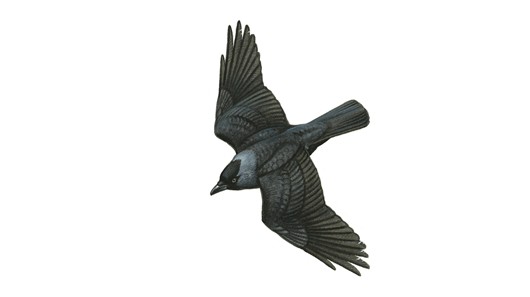This is an old revision of the document!
![]() Meta Data Repository
Meta Data Repository ![]() LHA-NSHD Website (Public)
LHA-NSHD Website (Public)![]() Search
Search
Childhood Cognitive Ability
The cognitive tests administered in childhood and adolescence in NSHD were all ones of intellectual ability; tests of functional performance (memory, speed of processing, executive function, etc.) were first given at age 43 years
Age 8
Four tests devised by the National Foundation for Educational Research (NFER) were used:
1. Reading Comprehension (selecting appropriate words to complete 35 sentences;
2. Word Reading (ability to read and pronounce 50 words;
3. Vocabulary (ability to explain the meaning of 50 words;
4. Picture Intelligence, consisting of a 60-item non-verbal reasoning test.
Age 11
Four NFER tests were used:
1. a verbal and non-verbal test, where participants were asked to select an appropriate word or shape to complete 80 different series, yielding scores for Verbal Intelligence and Non-verbal Intelligence;
2. an arithmetic test comprising 50 addition, multiplication, subtraction and division sums, and two tests previously used at age 8 years;
3. Word Reading;
4. Vocabulary.
Age 15
At age 15 three tests were administered.
1. the Heim Group Ability Test AH4 (Heim, 1970), a 130-item test requiring shape matching and selection, and verbal and number problems, yielding scores for Verbal Intelligence and Non-verbal Intelligence;
2. the Watts-Vernon Reading Test, a 35-item test of reading comprehension requiring the participant to select an appropriate word to complete a sentence;
3. a 47-item mathematics test, requiring the use of arithmetic, geometry, trigonometry and algebra.
Further details of these measures, including estimates of reliability and validity, are provided by Pigeon (1964, 1968).
Scores for all of these tests are also available in normalised form for approximation to a standard IQ score.
Since these cognitive tests are highly inter-correlated, simple global scores can be calculated by summing the scores at each age. If this is done it is recommended that each score is first standardised to a z score to allow for the varying ranges across the raw test scores, in the following way:
-
Subtract the mean score (based on the analytic sample) from the individual score, then divide the difference by the standard deviation of the mean score.
-
Sum the resulting z scores, then re-standardise this total score.

